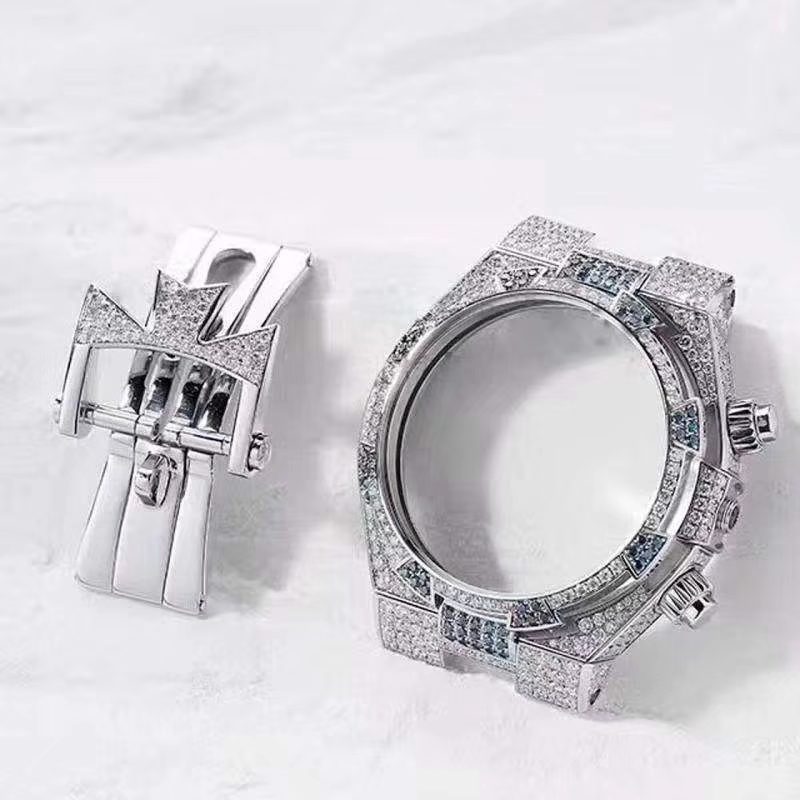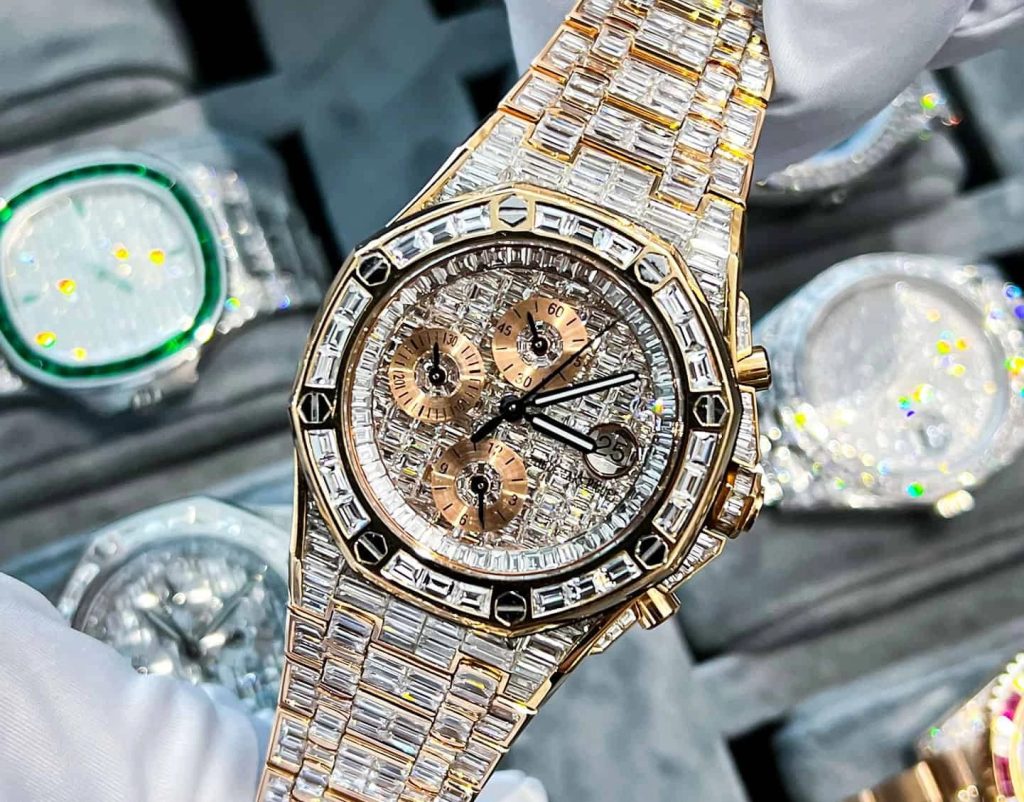Diamond Cutting Terminology Explained

Asscher
A type of square emerald cut with cropped corners. It’s stepped facet pattern is designed to draw the eye into the stone.
Baguette
A rectangular-shaped diamond with rows of step-like facets. Baguettes can be straight or tapered, and they’re often used as accent stones to a larger center diamond.
Barion
A diamond cut featuring a traditional step-cut crown and a modified brilliant-cut pavilion.
Brilliant
A diamond cut used to achieve maximum light reflection from within the stone. A round brilliant-cut diamond has 58 facets.
Cushion
A mixed-cut diamond shaped like a square with rounded corners.
Emerald
A rectangular or square-shaped cut-cornered diamond.
Heart
A pear-shaped stone that has a cleft at the top to resemble a heart.
Marquise
A double-pointed, canoe-shaped diamond that is long and thin with gently curved sides. Marquise diamonds are part of the brilliant-cut family.
Mixed
A diamond cut incorporating both step-cut and brilliant-cut facets.
Oval
An elongated round diamond shape.
Pear
A diamond with a girdle outline resembling a pear.
Princess
A square or sometimes rectangular-shaped modified brilliant-cut diamond.
Radiant
A cut-cornered rectangular or square shaped diamond with a modified brilliant cut crown and pavilion.
Round
A circular shaped diamond. Because a round diamond can be divided evenly throughout the stone, its proportions allow for maximum brilliance.
Step
A diamond cut in which rows of facets resemble the steps of a staircase. Emerald cut diamonds and baguettes are examples of the step cut.
Trilliant
A triangular-shaped diamond formed by three equally straight or curved sides. Trillant cut diamonds are commonly used as side accents to the primary stone.















